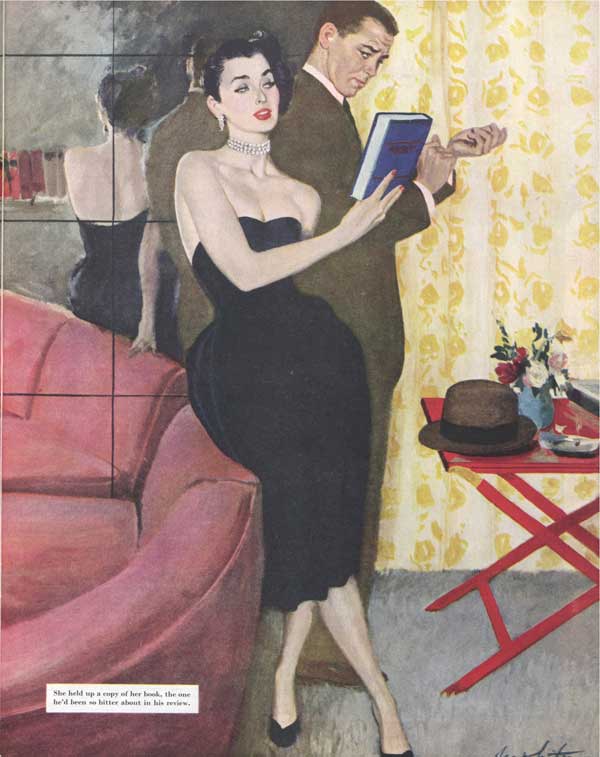
Click here to purchase artwork from Coby Whitmore at Art.com.
To understand Whitmore’s illustration from “The Critical Young Man,” you must first understand the theme of story. The tale revolves around a judgmental literary critic, Harvard Smith, who lambasts an author’s book for using an image of a scandalous dress on the cover.
The author, Edna Cloud, believes the critic must be a tiring old man, so under the guise of an alias, she flirts with the critic to understand him. She is shocked to find an intelligent man her own age, and she later reveals her identity by wearing the infamous dress on her first date with Smith.
Whitmore’s illustration cuts to the moral of the story by focusing on this moment: Edna Cloud shows Harvard Smith that he was wrong to judge her book–and Edna herself–by the cover.
Whitmore’s work is filled with visual symbolism that shows the viewers how the two characters are feeling internally. Edna Cloud and Harvard Smith stand back to back in the center of the frame, and each side of the apartment mirrors the respective characters’ emotions. Edna stands in front of a mirror that reflects her bare back and uncovered shoulders to the viewer, which tells the viewer that she’s open-minded. Harvard Smith, on the other hand, is a professional critic; he’s rigid, closed off. He believes in boundaries and strict moral values. Whitmore uses the character’s dress and mannerisms to convey to the reader that these people are total opposites.
If you look at Harvard Smith’s face, you’ll notice that it’s contorted; his eyes scan the back of the dress, Edna, and the book. The illustration captures the moment where we aren’t quite sure if he’s figured out that the woman he’s come to know is the same woman who wrote the book he judged so heavily.
Whitmore’s illustration takes the viewer to the climax of the story: Edna Cloud’s plan has taught Harvard Smith a timeless lesson: appearances can be deceiving.
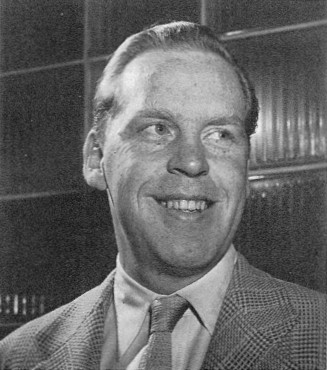 To learn more about Coby Whitmore and see other inside illustrations and covers from this artist, click here!.
To learn more about Coby Whitmore and see other inside illustrations and covers from this artist, click here!.Become a Saturday Evening Post member and enjoy unlimited access. Subscribe now
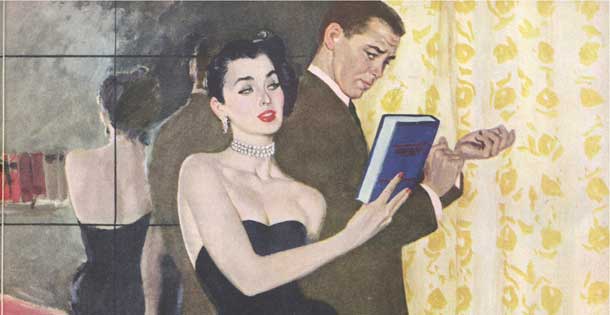
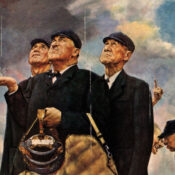

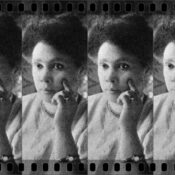
Comments
I love Coby Whitmore’s illustrated art style very much, and appreciate the thought and detail that went into everything he did. Your insights are very helpful in helping me fully appreciate what I’m seeing, and how it’s connected in ways I might have inadvertantly overlooked otherwise.
Joseph, I’ve noticed some of your other features do not have the ‘Post a Comment’ feature. If you could talk to your on-line web guys about having that added across the board, I’d really appreciate it, and I’m sure others who enjoy your features would too. In addition I think you deserve and would like getting feedback on the work you’ve clearly put a lot of thought and effort into.